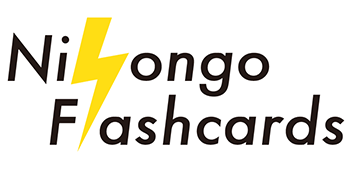カタカナ
Hiragana and katakana are the two types of kana in the Japanese writing system. While hiragana is used for native Japanese words, katakana is mainly used for foreign, borrowed, and adopted words. Scientific terms, plant and animal names, and onomatopoeia are also written in katakana. In addition, they sometimes replace hiragana for emphasis or readability.
Learn katakana with food vocabulary.





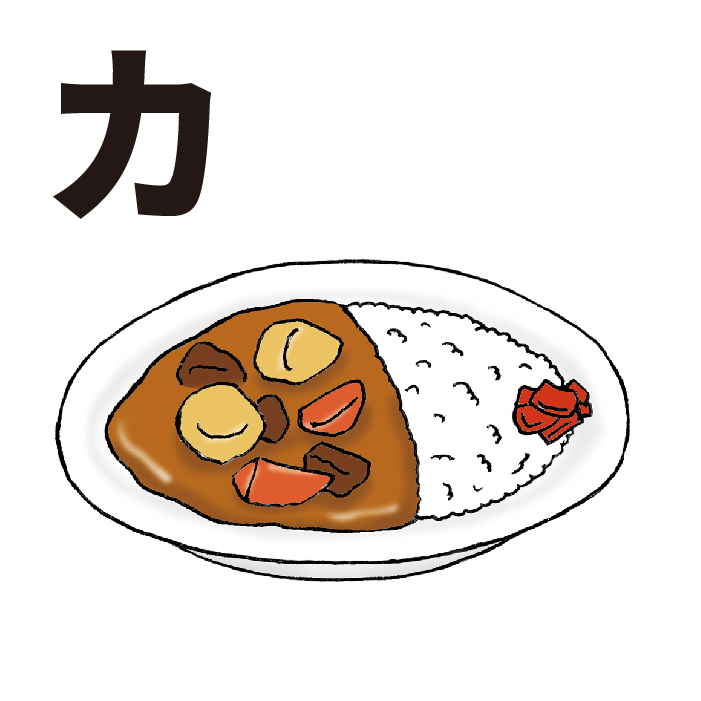




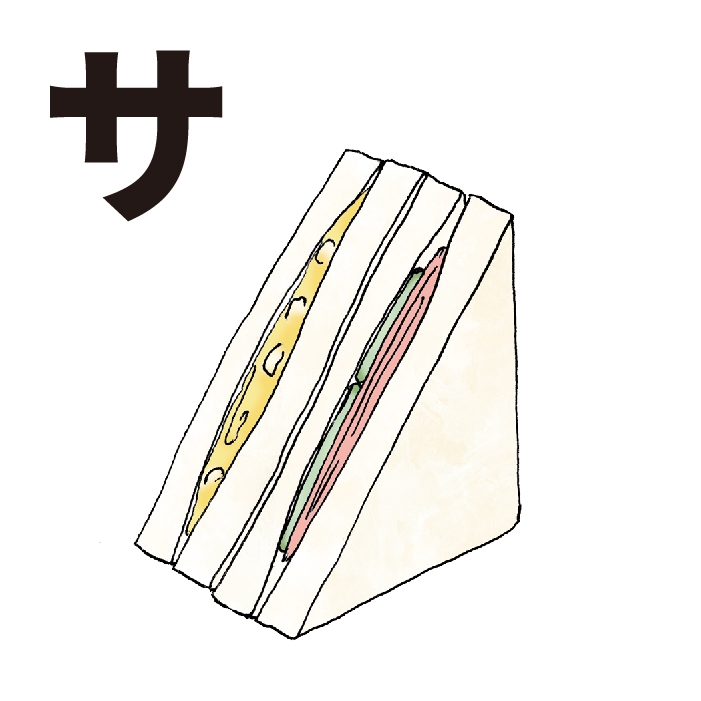
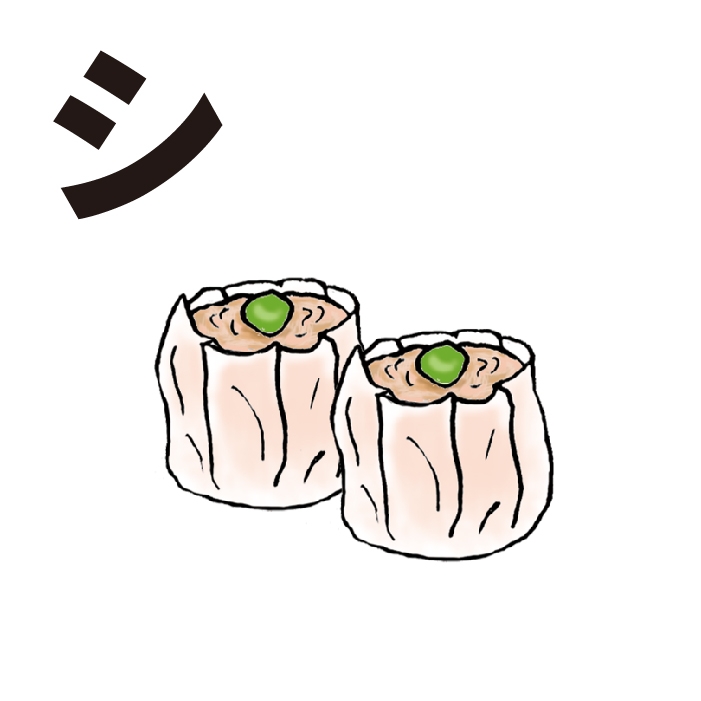



















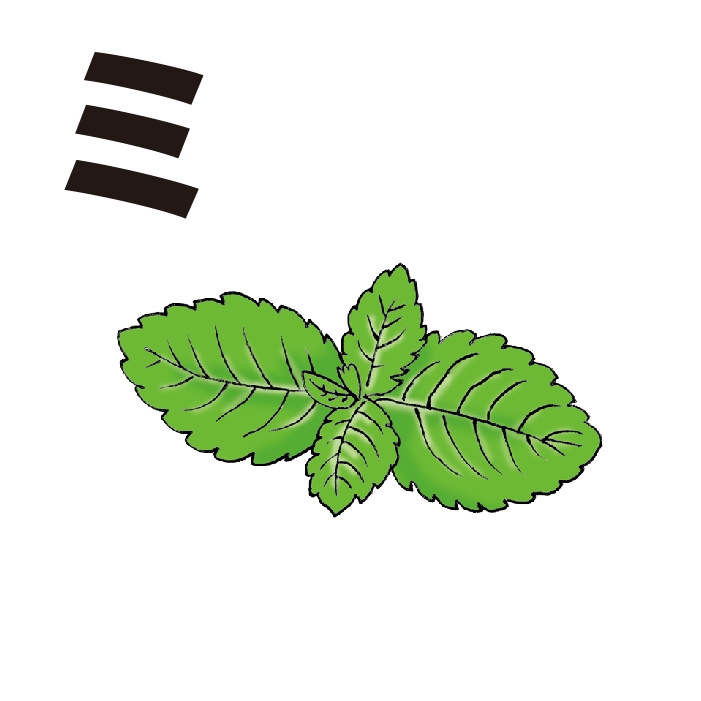












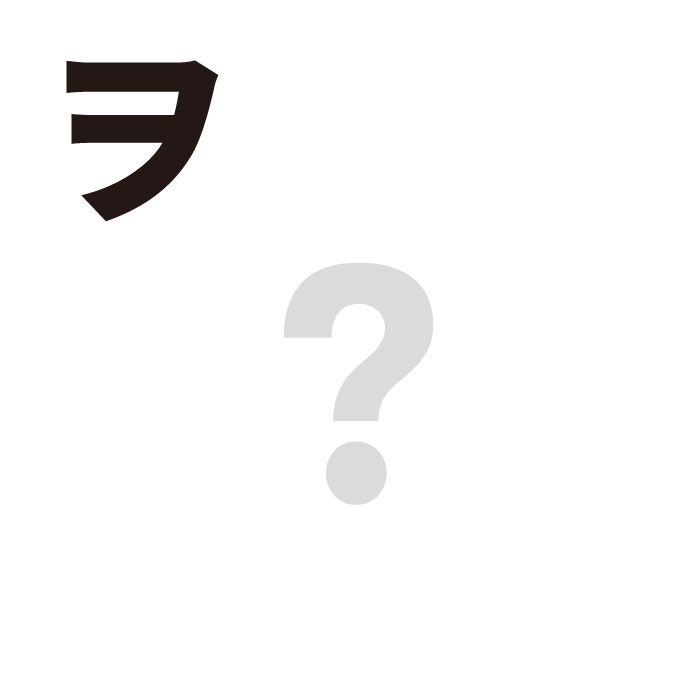

おつかれさまでした!
Listen to the pronunciations here along with the katakana chart.
If you like our content and if you’d like to support us, you can buy us an onigiri via Buy Me a Coffee. Your 応援 (おうえん) support will mean the world to us!
Ready for practice?
Writing is the best way to learn to read. Here are some workbooks that will teach you the stroke order for hiragana and katakana.
